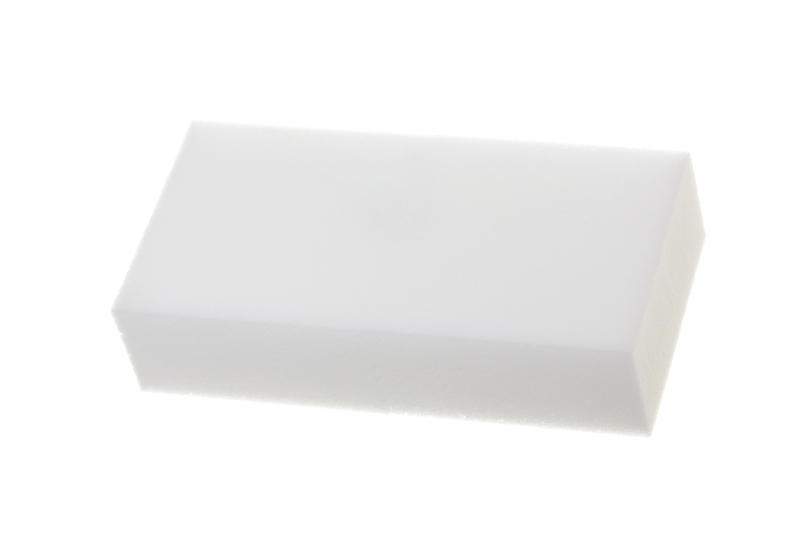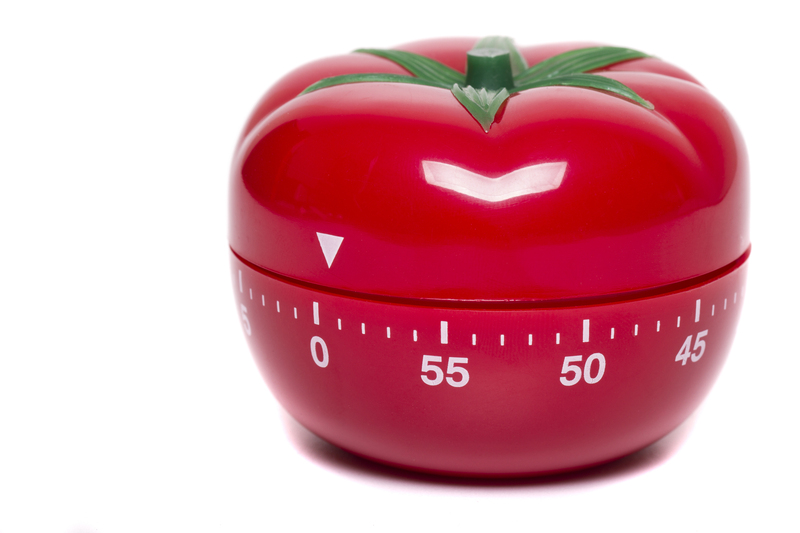Easy Methods to Avoid Bathroom Mold Infestations
Posted on 02/09/2025
Easy Methods to Avoid Bathroom Mold Infestations
Mold infestations in the bathroom are a common concern for many homeowners. Bathrooms offer the ideal environment for mold to thrive -- the combination of moisture, warmth, and limited ventilation can create the perfect breeding ground. Not only is mold unsightly, but it can also cause health issues and structural damage if left unchecked.
In this comprehensive guide, we'll explore a variety of simple and effective ways to prevent bathroom mold growth. By following these actionable steps, you can keep your bathroom clean, healthy, and mold-free for the long haul.

Why Is Mold Prevention in the Bathroom So Important?
Mold is more than just a cosmetic issue. It can:
- Trigger allergies and respiratory problems
- Damage bathroom fixtures, tiles, grout, and walls
- Compromise the structure of your home
- Cause unpleasant odors
- Decrease your property value
Clearly, preventing bathroom mold infestations is essential for protecting both your health and your investment.
Understanding How Mold Thrives in the Bathroom
Mold needs four main things to grow:
- Moisture
- Organic matter (like soap scum, dust, wood, or even skin cells)
- Warmth
- Poor ventilation
Bathrooms naturally provide all of these conditions, especially after hot showers or baths. Recognizing the lifecycle and needs of mold is the first step toward bathroom mold prevention.
Easy and Effective Ways to Prevent Mold in Your Bathroom
1. Ensure Proper Ventilation
Ventilation is key to avoiding bathroom mold infestations. Mold loves stagnant, moist air. Take these steps to improve airflow:
- Install and use an exhaust fan: Run the fan during and after showers or baths for at least 20-30 minutes.
- Open a window: If possible, crack a window during and after using hot water to let out steam and circulate air.
- Keep the bathroom door open: Allow air to flow freely when the room is not in use.
2. Control Humidity Levels
Keeping humidity in check is a proven method to prevent mold infestations in bathrooms. Try these techniques:
- Use a dehumidifier: Especially beneficial in bathrooms without windows.
- Wipe down wet surfaces: After using the shower or bathtub, quickly wipe tiles, glass doors, and mirrors.
- Hang towels and bath mats to dry outside the bathroom: Damp fabrics are a mold magnet.
3. Fix Leaks Immediately
Leaky pipes, faucets, or toilets provide a constant water source for mold to flourish. Regularly check and fix:
- Under-sink plumbing
- Toilet bases and water lines
- Bathtubs and shower enclosures
- Ceilings for drips from floors above
Address plumbing issues without delay to effectively avoid mold outbreaks in the bathroom.
4. Clean Regularly with Mold-Fighting Products
Consistent cleaning is one of the best weapons against mold. Use these tips:
- Use a mildew-resistant bathroom cleaner: Products containing bleach, hydrogen peroxide, or vinegar work well for killing mold spores.
- Scrub tiles, grout, and corners: Mold loves to hide in the grout lines and behind fixtures.
- Don't neglect shower curtains and liners: Machine wash or replace them regularly.
5. Use Mold-Resistant Materials and Paints
Remodeling or updating your bathroom? Opt for:
- Mold-resistant drywall (green board or cement board)
- Mildew-resistant paints: Especially formulated for humid rooms
- Sealed grout and caulk: Use high-quality, waterproof sealants for tiles and joints
These choices significantly reduce the likelihood of bathroom mold infestations.
6. Keep Clutter to a Minimum
Multiple bottles, sponges, and washcloths can trap moisture and soap residue, which feed mold. To cut down on mold risks in your bathroom:
- Only keep items you use daily inside the shower area
- Wipe down or remove bath toys and loofahs after each use
- Consider shower caddies that allow items to drain and air dry
7. Encourage Quick Drying
The faster your bathroom dries out, the less chance mold has to settle in.
- Squeegee shower walls and doors after each use
- Shake out wet bath mats and hang them up to dry
- Place a fan in the bathroom to aid evaporation if needed
Bonus Tips: Natural Ways to Deter Bathroom Mold Growth
Prefer eco-friendly methods to avoid bathroom mold infestations? Try these natural alternatives:
- White vinegar spray: Fill a spray bottle with undiluted vinegar and mist surfaces once a week--no need to rinse.
- Tea tree oil solution: Add 1 teaspoon of tea tree oil to 1 cup of water, spray on problem areas, and let dry.
- Baking soda paste: Mix with water and scrub stubborn mold spots; wipe clean.
These solutions are safe, gentle, and highly effective for routine mold prevention.
How to Identify Mold Early in Your Bathroom
Early identification is crucial for controlling the spread and ensuring easy mold remediation. Look out for:
- Black, brown, gray, greenish, or even pink stains on grout, walls, and ceilings
- Musty or earthy odors, especially after a bath or shower
- Peeling paint, bubbling wallpaper, or crumbling drywall
- Persistent moisture, water stains, or damp spots on surfaces
At the first sign of mold, take immediate action to clean and address underlying moisture problems.
What to Do If You Already Have a Bathroom Mold Problem
- Remove and dispose of contaminated items like carpets, rugs, or wallpaper if the mold is extensive.
- Scrub small patches with mold-fighting cleaning solutions (bleach, vinegar, or commercial mold removers).
- Repair leaks and improve ventilation before redecorating or making repairs.
- Consult a professional for severe or persistent infestations, especially if it covers more than 10 square feet.
Frequently Asked Questions About Bathroom Mold Prevention
-
Q: How can I keep my shower mold-free?
A: Use a squeegee after showers, regularly wash your shower curtain, and ensure good air flow. Clean grout lines with mold-fighting spray weekly. -
Q: Are natural cleaning products effective against bathroom mold?
A: Yes, vinegar and tea tree oil are both effective at preventing and killing small patches of mold. -
Q: How often should I check my bathroom for mold?
A: Check vulnerable areas at least once a week to catch mold growth early and address it before it spreads. -
Q: Can I paint over moldy bathroom walls?
A: Never paint over mold. Remove and kill the mold first, let the surface dry completely, then repaint with mildew-resistant paint.

The Ultimate Checklist: How to Keep Your Bathroom Mold-Free
- Always use an exhaust fan when bathing/showering
- Wipe moisture off surfaces daily
- Repair leaks as soon as detected
- Clean with mold-killing cleaners weekly
- Use mold-resistant materials in bathroom construction
- Keep shelves, ledges, and storage areas clutter-free
- Check less obvious places (behind toilets, under sinks, window frames)
- Maintain a humidity level under 50%
Conclusion: Make Bathroom Mold a Thing of the Past
Preventing and controlling bathroom mold infestations doesn't have to be overwhelming. By applying these simple, practical, and natural methods, you can create a healthier, fresher bathroom environment for your family. Remember, the key is to act proactively--focus on moisture control, routine cleaning, and regular inspections. With consistency and the right bathroom mold prevention strategies, you can enjoy a spotless and comfortable bathroom all year round.




